In the age of TikTok and fitness influencers, there is a lot of misinformation circulating and impressing upon young audiences. Kevin McGuinness, PT, DPT, SCS, CSCS, physical therapist at the Fight For Children Sports Medicine Center at Children’s National Hospital, debunks a few common misconceptions surrounding strength training, to help you and your child make informed decisions around their health. Please note that the terms “weightlifting”, “strength training” and “resistance training” are often used interchangeably. All three terms refer to exercises that make muscles stronger.
1. Is it okay for kids to lift weights?
Yes! It is perfectly safe for kids to lift weights. Lifting weights has a lower injury rate than many common youth sports such as soccer, basketball and baseball, and most of the commonly cited dangers of lifting weights are simply not true. Most injuries that occur in the weight room are the “slip, trip and fall” variety, which is why safety education and proper supervision is paramount for young athletes. Resistance training has no negative effects on children’s linear growth, joint health or cardiovascular systems. Additionally, participation in a well-designed resistance training program tends to reduce the rate of injuries that children suffer while playing other sports.
2. Do teens have to use dumbbells and barbells to build strength?
Adolescents should be cognizant that most weightlifting equipment is designed for adult bodies so they should start with bodyweight exercises, small dumbbells and light resistance bands, and gradually load as they are able. Even if they are not using weights, resistance/weight training is not exclusive to dumbbells or barbells. It is perfectly safe, and just as effective, to incorporate things like medicine balls, resistance bands, body weight exercises, etc. – which are also considered resistance training.
3. Is there a maximum amount kids should be lifting?
For children and adolescents who are new to weightlifting, the emphasis should be on safety in the gym, teaching good lifting form and having fun, not on the amount of weight lifted. A total of 4-6 different exercises per training session is a good place to start. For each exercise, 1-3 sets of 8-15 repetitions is enough to help kids get stronger. Once an athlete can perform 8-15 repetitions of an exercise with good form, the weight can be increased at the next training session. Again, they should keep in mind that most weightlifting equipment is designed for adult bodies so gradual loading and listening to your body when it needs to stop, will be key to a safe workout.
4. Is there a maximum number of times a week a child should be training?
Yes, there is a limit. Resistance training is hard work. Unlike most field sports, in which children can safely practice or play several days in a row, resistance training should only be performed every other day for a maximum of three days per week. After you lift weights, your muscles need 24-48 hours to recover before lifting weights again. You can play other sports and activities during rest days but generally, young athletes shouldn’t lift weights two days in a row. Older teenagers and adults may benefit from four or more days of resistance training per week but there seems to be no benefit to that frequency of training in younger athletes. Overarchingly, each session should begin and end with a brief warm up and cool down and include a variety of exercises that challenge different muscle groups.
5. Is there a minimum age children should be before they start?
While each child is different, and it is best to consult a physician on a case-by-case basis, if a child is participating in organized sports, they are probably old enough to do resistance training. There is no age limit on resistance training, but the child should be mature enough to follow directions for safety reasons. Exercise selection should also correspond with a child’s level of coordination and postural control. Asking a child to perform exercises beyond their motor abilities can be both discouraging for them and even dangerous.
Ultimately, weightlifting is safe for young adults if done responsibly and at a pace that corresponds to their age and fitness level. This is general guidance, and resistance training is best done under the supervision of a trained professional. Physical education teachers, certified strength and conditioning specialists, physical therapists, athletic trainers and certified personal trainers are all good resources to help your child learn how to lift weights.
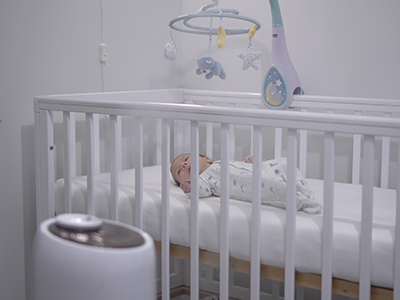 https://riseandshine.childrensnational.org/wp-content/uploads/2024/04/baby-sleeping-in-crib-feature.png
300
400
Danielle Robbins
https://riseandshine.childrensnational.org/wp-content/uploads/2017/11/childrens_riseandshine_logo.jpg
Danielle Robbins2024-04-19 10:54:482024-04-22 11:13:49The truth about baby sound machines and hearing loss
https://riseandshine.childrensnational.org/wp-content/uploads/2024/04/baby-sleeping-in-crib-feature.png
300
400
Danielle Robbins
https://riseandshine.childrensnational.org/wp-content/uploads/2017/11/childrens_riseandshine_logo.jpg
Danielle Robbins2024-04-19 10:54:482024-04-22 11:13:49The truth about baby sound machines and hearing loss



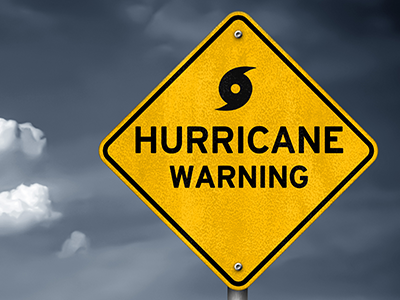



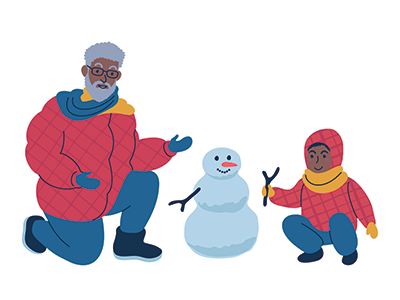






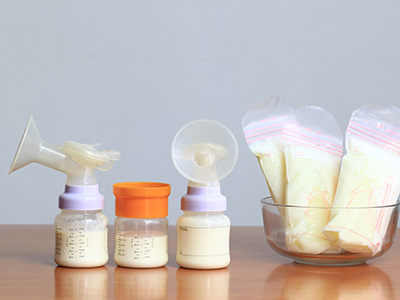
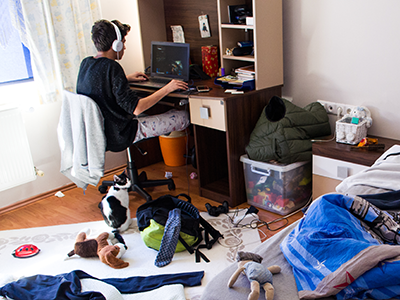




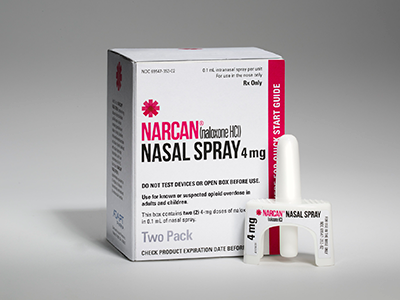
Leave a Comment
Want to join the discussion?Feel free to contribute!